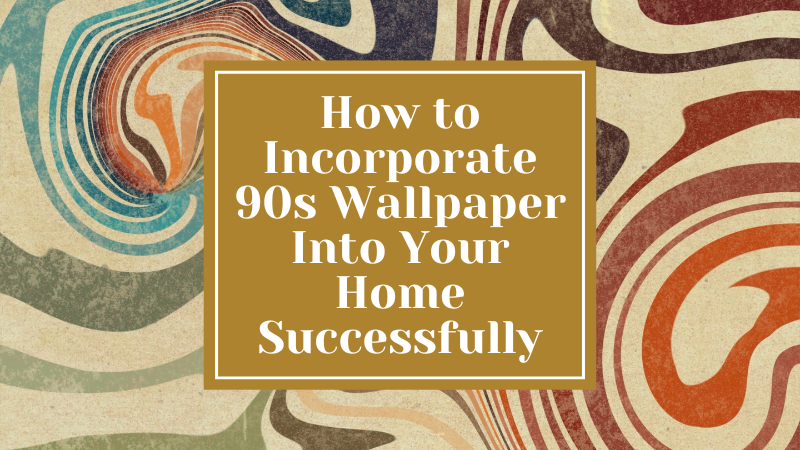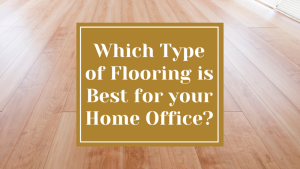The 90s was a decade known for its bold and vibrant designs, and wallpaper was no exception.
Popular patterns included bright florals, geometric shapes, and abstract designs. Many 90s wallpapers featured bold colors such as neon pink, turquoise, and purple, often in combination with black and white. Wallpaper borders were also popular, with designs ranging from cartoon characters to sports themes.
The 90s was also a time when DIY wallpapering became more accessible and affordable, leading to a surge in popularity for textured wallpaper.
What were some popular 90s wallpaper designs and patterns?
In the 90s, wallpaper designs and patterns were diverse and often bold. Some popular designs included large floral prints, geometric shapes, stripes, and polka dots. Other popular patterns included tropical motifs, such as palm trees and flamingos, and nautical themes, such as anchors and sailboats.
In addition, many wallpapers incorporated metallic finishes or textured surfaces for added depth and visual interest. Overall, the 90s wallpaper aesthetic was characterized by a playful, vibrant, and eclectic mix of styles and patterns.
How did the 90s wallpaper differ from the wallpaper of other decades?
The 90s was a decade of unique design and cultural change, and the wallpaper of that time reflected those shifts. In contrast to the bold, bright patterns of the 80s, 90s wallpaper tended to be more muted and minimalist, with simple geometric shapes and subtle textures.
Pastel colors were particularly popular, as were neutrals like beige and gray. The use of metallic finishes, especially silver and gold, also became more prevalent in the 90s, adding a touch of glamour to many wallpaper designs.
Overall, 90s wallpaper represented a move towards more refined, understated aesthetics, while still incorporating elements of fun and whimsy.
Why did certain 90s wallpaper designs become popular?
Several factors contributed to the popularity of certain 90s wallpaper designs. In the early 90s, there was a trend towards bold, graphic patterns, often featuring geometric shapes or abstract designs. These designs were influenced by the Memphis Group, an Italian design collective that emerged in the 1980s and was known for its use of bright colors and bold patterns.
Later in the decade, there was a shift towards more muted colors and subtle patterns, such as damask and floral designs. This was influenced by a growing interest in traditional design styles, such as Victorian and Art Nouveau.
Another factor that contributed to the popularity of certain 90s wallpaper designs was the rise of home improvement and DIY culture. Many people were inspired to decorate their homes themselves, and wallpaper was seen as an affordable and easy way to add color and pattern to a room. As a result, wallpaper manufacturers began to offer a wide range of designs to appeal to a variety of tastes and budgets.
Are any 90s wallpaper designs still popular or being used today?
Some 90s wallpaper designs have experienced a resurgence in popularity in recent years, particularly among those who are nostalgic for the era or who are interested in retro design. For example, floral and botanical patterns, as well as bold geometric prints, were popular in the 90s and have since come back into fashion.
The use of bright, bold colors and patterns in wallpaper design is also a trend that has carried over from the 90s and remains popular today. Additionally, some companies have reissued vintage 90s wallpaper designs or created new designs that pay homage to the era.
What materials were used to make 90s wallpaper?
In the 1990s, wallpapers were typically made from a variety of materials, including vinyl, paper, and fabric. Vinyl wallpaper was one of the most popular options, as it was durable, easy to clean, and came in a wide range of colors and patterns.
Paper wallpaper was also commonly used, especially for more traditional or vintage-inspired designs.
Fabric wallpaper, which was made from materials like silk or linen, was less common but added a luxurious touch to interior decor.
In addition to these materials, some wallpapers also featured metallic accents or embossed textures for added depth and dimension.
How did the 90s wallpaper reflect the overall aesthetic of the decade?
The 90s were characterized by a bold and eclectic aesthetic that reflected the cultural and social changes of the time. This was also reflected in the design of the wallpaper. The patterns and colors used in 90s wallpaper were often bold and bright, with graphic prints, geometric shapes, and abstract designs being popular.
Some of the most popular color schemes were pastels, neon brights, and bold primaries. The wallpaper designs also often had a playful and whimsical quality, with cartoon characters, animals, and other playful elements incorporated into the patterns. The overall effect was a fun and lively look that perfectly captured the spirit of the 90s.
What color schemes and patterns were commonly used in 90s wallpaper?
In the 90s, wallpaper patterns often featured bold, bright colors, geometric shapes, and abstract designs. Some popular color schemes included vibrant neon hues, pastel shades, and metallics like silver and gold. Floral prints, stripes, and polka dots were also common, often in larger sizes than in previous decades.
Additionally, the use of faux finishes like marble or woodgrain became popular in the 90s, with wallpaper mimicking these textures for a unique look. Overall, 90s wallpaper was characterized by a bold and eclectic mix of patterns, colors, and textures.
Were there any controversies or scandals surrounding 90s wallpaper designs?
There were some controversies and criticisms surrounding 90s wallpaper designs. One such controversy was related to the use of vinyl wallpaper, which was popular in the 90s. Some people were concerned about the potential health hazards of vinyl wallpaper due to the release of volatile organic compounds (VOCs) during manufacturing and installation.
Another criticism was that some 90s wallpaper designs were considered tacky or overly bold, with bright colors and busy patterns that could be overwhelming to the eyes. However, despite these criticisms, 90s wallpaper designs remain popular among those who appreciate the unique aesthetic of the decade.
How has 90s wallpaper influenced contemporary interior design trends?
90s wallpaper has had a significant impact on contemporary interior design trends. In recent years, there has been a renewed interest in 90s aesthetic, and many designers and homeowners have been incorporating 90s-inspired wallpaper into their spaces. The bold, graphic patterns and bright colors that were popular in the 90s are now being used in a more subtle and sophisticated way, often in smaller doses or paired with more contemporary elements to create a modern look.
The popularity of 90s wallpaper has also led to a revival of other 90s design elements, such as neon colors, geometric shapes, and kitschy accessories. Overall, the 90s aesthetic has proven to be a timeless source of inspiration for interior designers and homeowners alike, and it continues to influence contemporary design trends today.
Final Thoughts on 90s Wallpaper
In conclusion, the 90s was a decade of bold and eclectic wallpaper designs, featuring a wide range of patterns, colors, and textures that reflected the pop culture of the era. From floral prints to geometric shapes, the wallpaper of the 90s was an integral part of interior design, adding a touch of personality and style to any room.
While some of the designs may seem outdated today, others have stood the test of time and continue to inspire contemporary wallpaper trends. Overall, the 90s wallpaper played a significant role in shaping the aesthetic of the decade, and its influence can still be seen in the world of interior design today.




